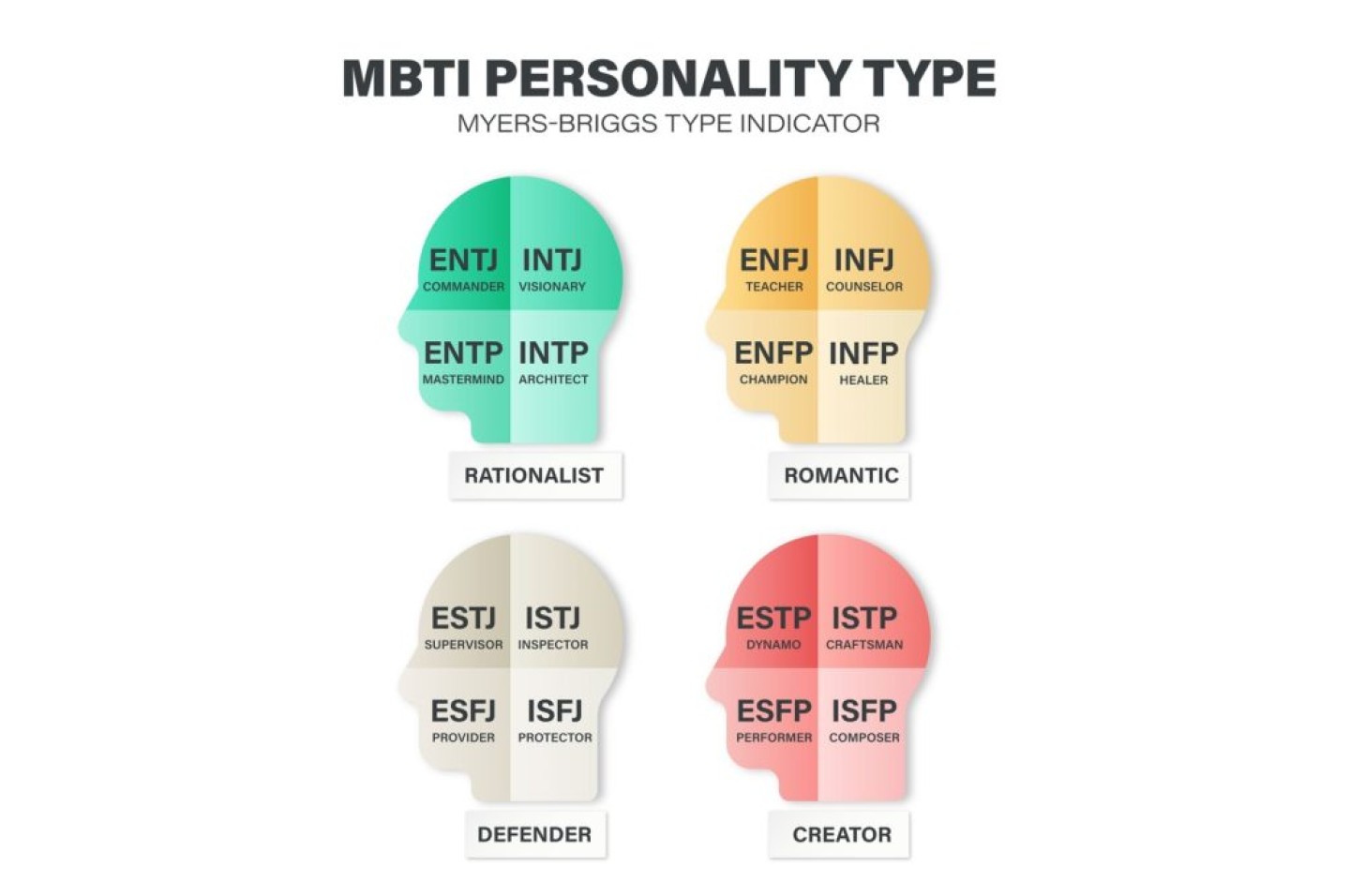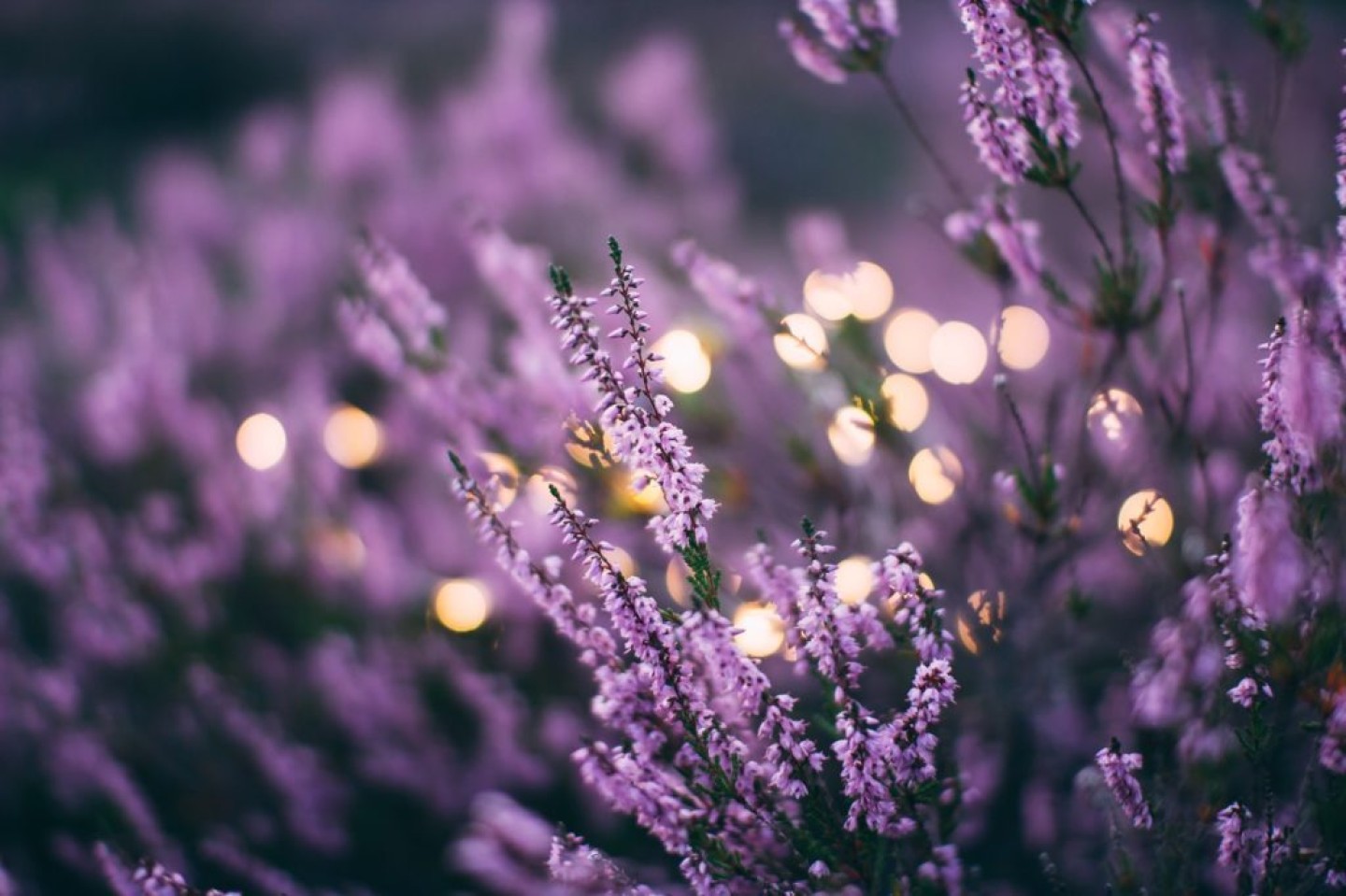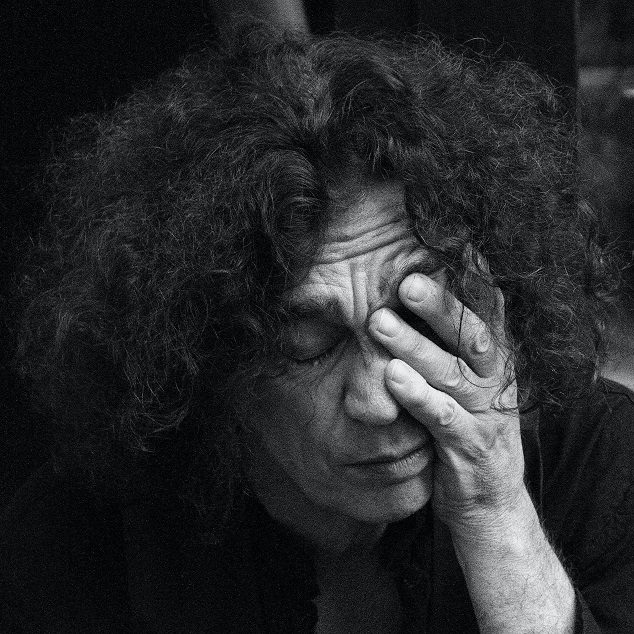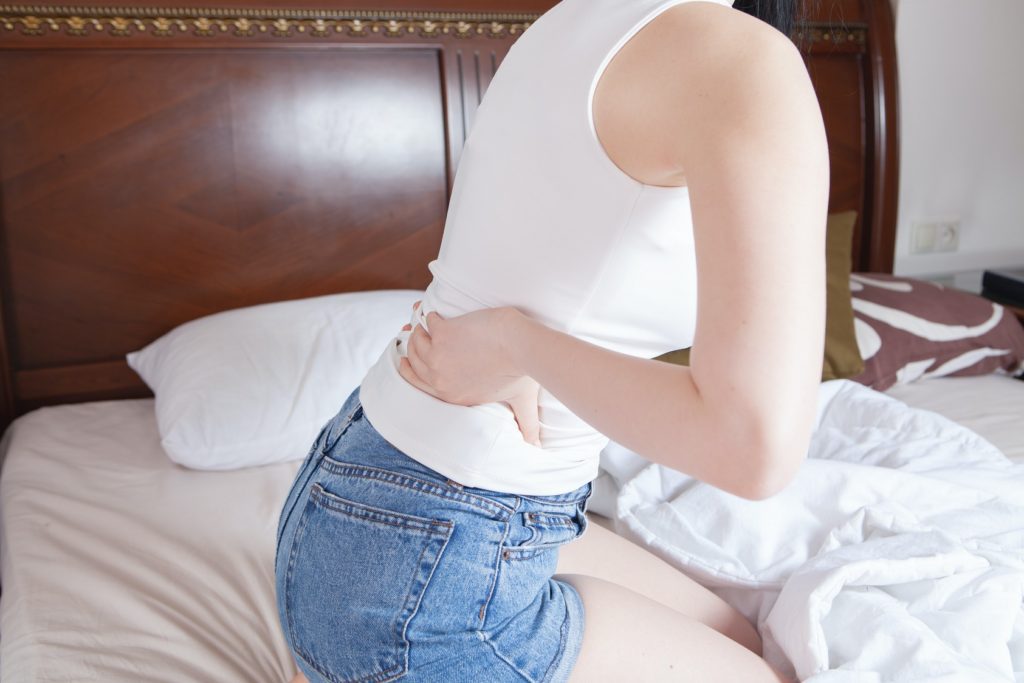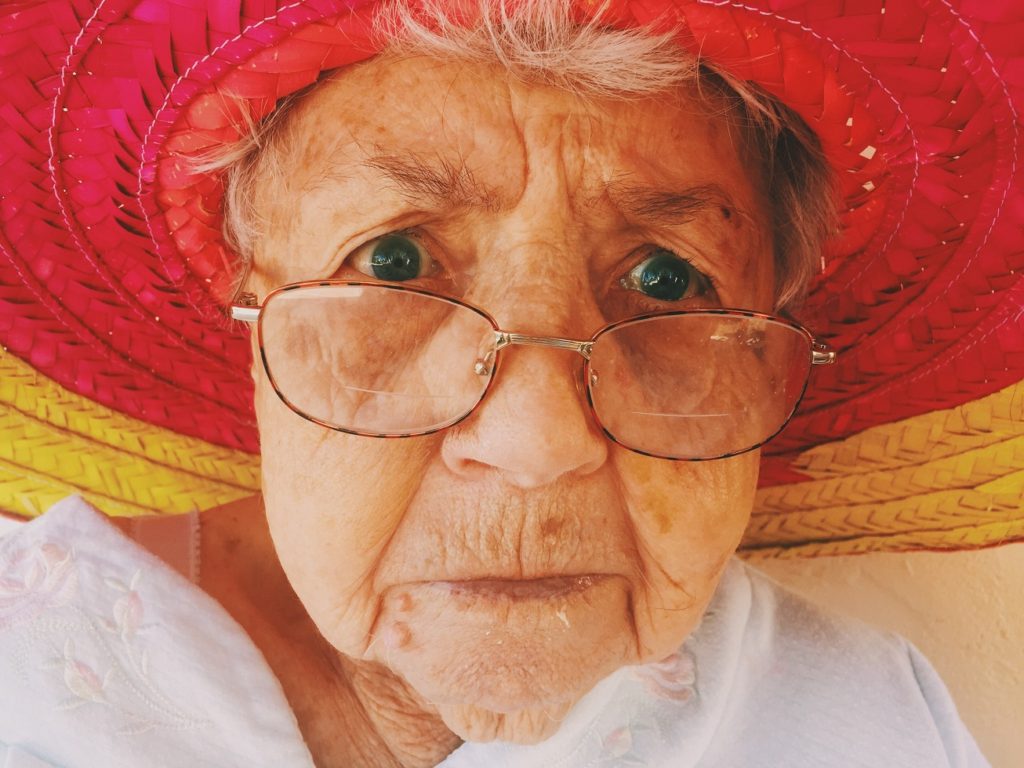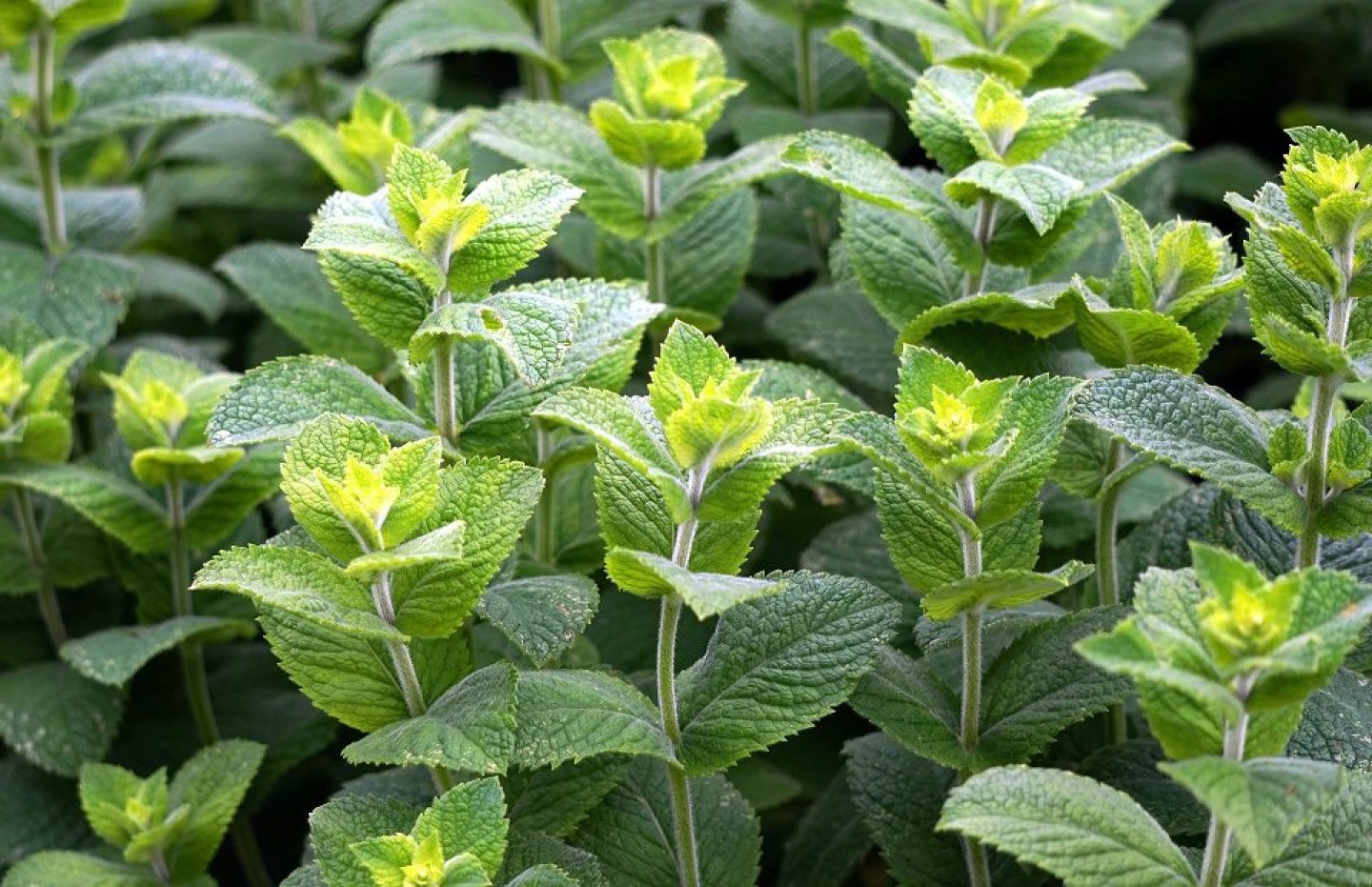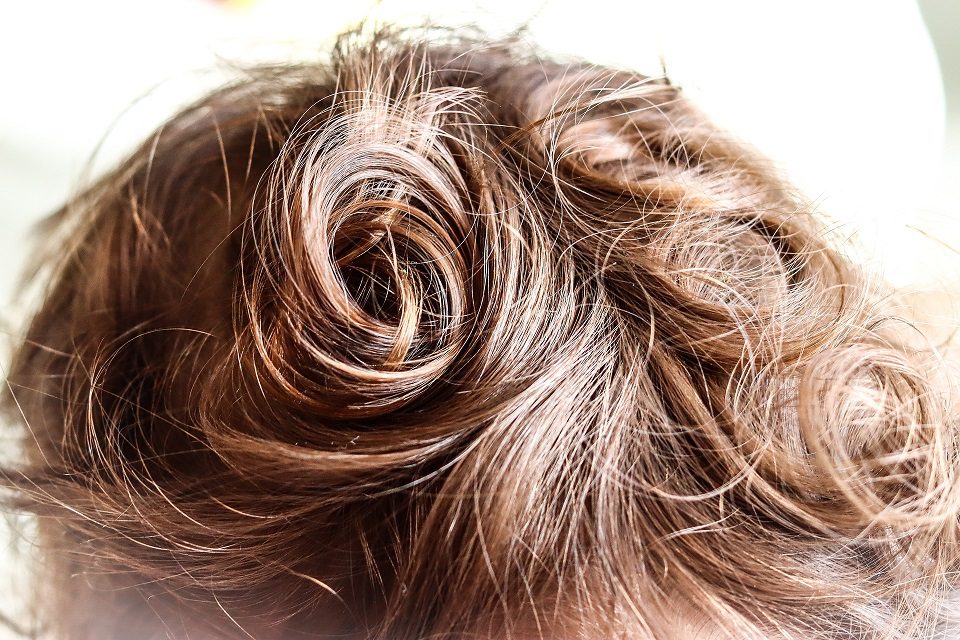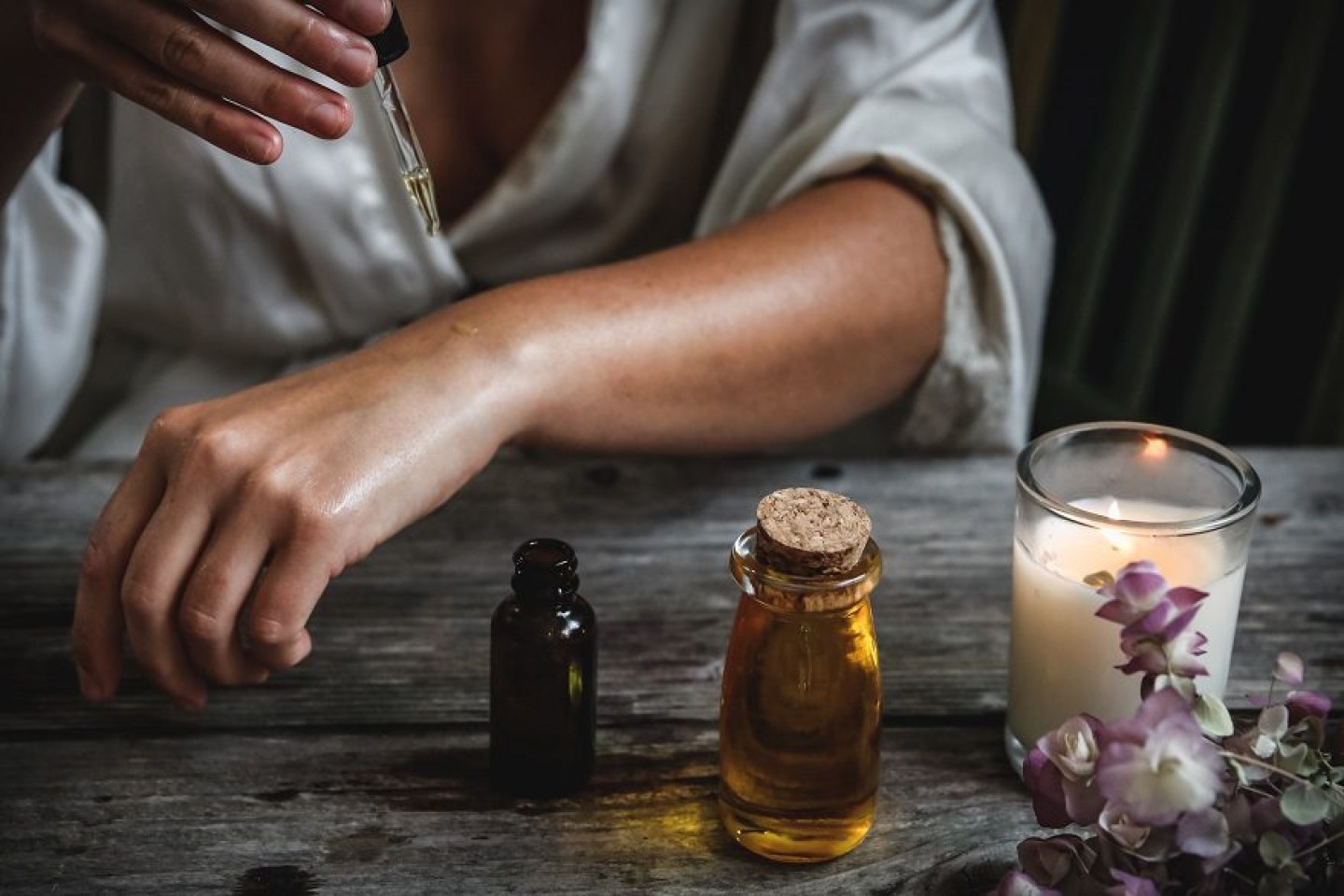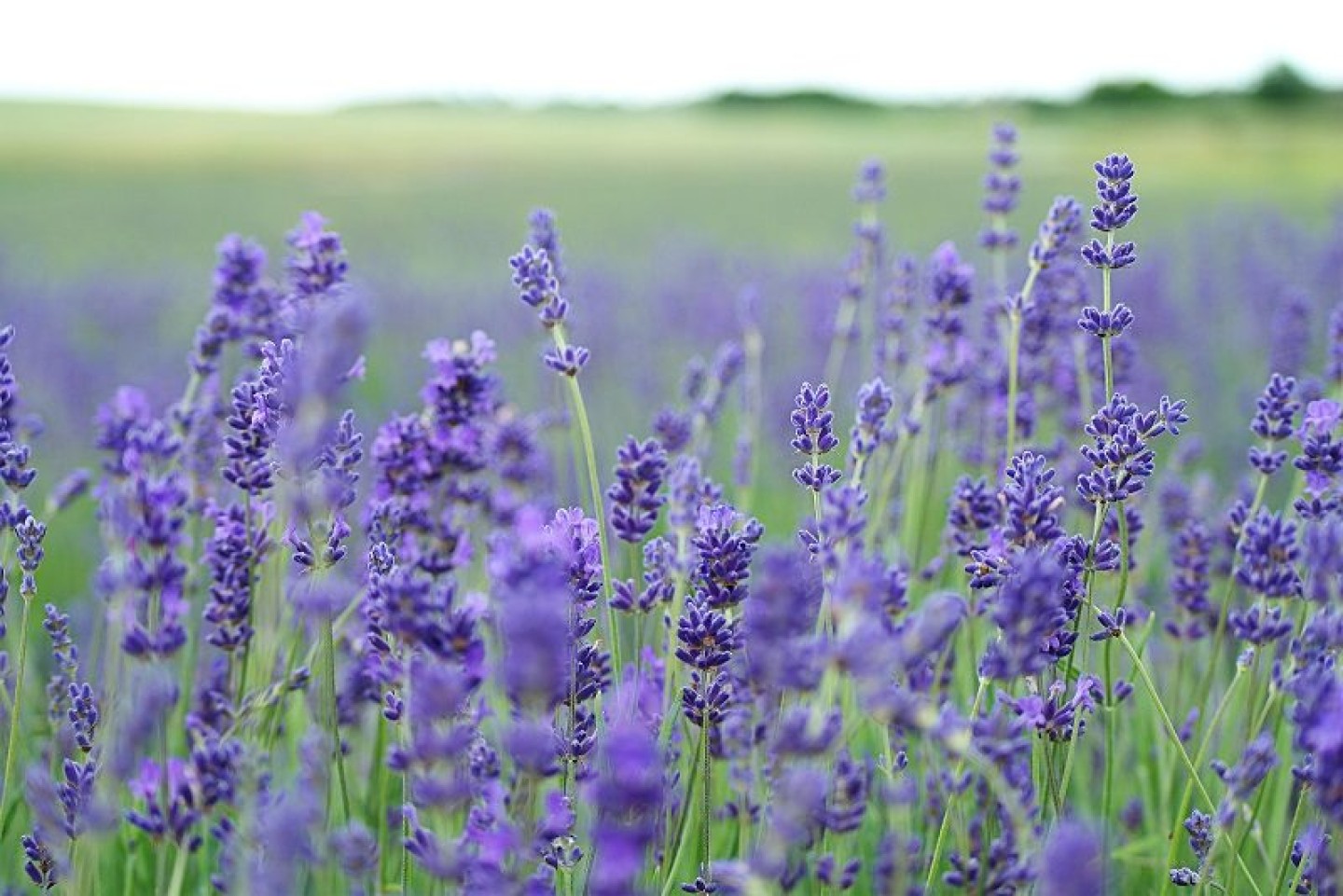Essential Oils and Personality Types: Finding the Perfect Match
Essential oils have been used for centuries to promote physical and emotional wellness. Each essential oil has unique properties that can support different aspects of personality. In this article, we will explore how essential oils can be used to support different personality types.
The Myers-Briggs Type Indicator (MBTI) is a popular personality assessment that categorizes individuals into one of 16 personality types based on their preferences for extroversion or introversion, sensing or intuition, thinking or feeling, and judging or perceiving.
By understanding your personality type and the unique qualities that come with it, you can choose essential oil products that can help you feel more balanced, focused, and energized. If you don’t already know your personality type, we've included links to both a quick MBTI online test and a longer but more accurate version of the MBTI test below. Note that these tests are not meant to be a substitute for professional personality assessments or advice. They are merely tools to gain a basic understanding of your personality type and preferences. Once you know your personality type, you can read on to discover which essential oils are best suited for your unique qualities and needs.
Quick MBTI Test Online:
https://www.16personalities.com/free-personality-test
https://www.truity.com/test/type-finder-personality-test-new
Longer MBTI Test Online:
https://www.truity.com/test/myers-briggs-personality-test
Let's take a closer look at how essential oils can be used to support each MBTI personality type.
ISTJ - The Inspector
ISTJs are practical, responsible, and detail-oriented individuals who value order and structure. They thrive in a predictable environment and prefer routines. Essential oils that can support ISTJs include lavender, lemon, and rosemary. Lavender can promote relaxation and reduce stress, while lemon can promote focus and clarity. Rosemary can support memory and concentration.
ISFJ - The Protector
ISFJs are warm, nurturing, and empathetic individuals who value tradition and loyalty. They tend to be detail-oriented and organized and enjoy creating a comfortable and harmonious environment. Essential oils that can support ISFJs include bergamot, lavender, and frankincense. Bergamot can promote emotional balance, while lavender can promote relaxation and reduce stress. Frankincense can promote a sense of calm and spirituality.
INFJ - The Advocate
INFJs are idealistic, creative, and empathetic individuals who value authenticity and meaning. They tend to be insightful and intuitive and are passionate about helping others. Essential oils that can support INFJs include patchouli, vetiver, and ylang-ylang. Patchouli can promote relaxation and reduce anxiety, while vetiver can promote grounding and stability. Ylang-ylang can promote emotional balance and improve mood.
INTJ - The Architect
INTJs are analytical, strategic, and independent individuals who value knowledge and competence. They tend to be goal-oriented and enjoy solving complex problems. Essential oils that can support INTJs include sandalwood, peppermint, and rosemary. Sandalwood can promote relaxation and reduce stress, while peppermint can promote focus and concentration. Rosemary can support memory and cognitive function.
ISTP - The Craftsman
ISTPs are practical, adventurous, and spontaneous individuals who value experience and freedom. They tend to be hands-on and enjoy learning by doing. Essential oils that can support ISTPs include lemongrass, peppermint, and eucalyptus. Lemongrass can promote clarity and focus, while peppermint can improve cognitive function and alertness. Eucalyptus can support respiratory function and promote a sense of clarity.
ISFP - The Composer
ISFPs are artistic, sensitive, and empathetic individuals who value beauty and harmony. They tend to be spontaneous and enjoy exploring new experiences. Essential oils that can support ISFPs include bergamot, jasmine, and neroli. Bergamot can promote emotional balance and reduce stress, while jasmine can promote relaxation and improve mood. Neroli can promote a sense of calm and reduce anxiety.
INFP - The Mediator
INFPs are creative, empathetic, and introspective individuals who value authenticity and empathy. They tend to be idealistic and enjoy exploring their inner world. Essential oils that can support INFPs include lavender, clary sage, and chamomile. Lavender can promote relaxation and reduce stress, while clary sage can promote emotional balance and reduce anxiety. Chamomile can promote a sense of calm and reduce irritability.
INTP - The Thinker
INTPs are analytical, curious, and independent individuals who value knowledge and logic. They tend to be introspective and enjoy exploring complex ideas. Essential oils that can support INTPs include lemongrass, peppermint, and frankincense. Lemongrass can promote clarity and focus, while peppermint can improve cognitive function and alertness. Frankincense can promote a sense of calm and spirituality.
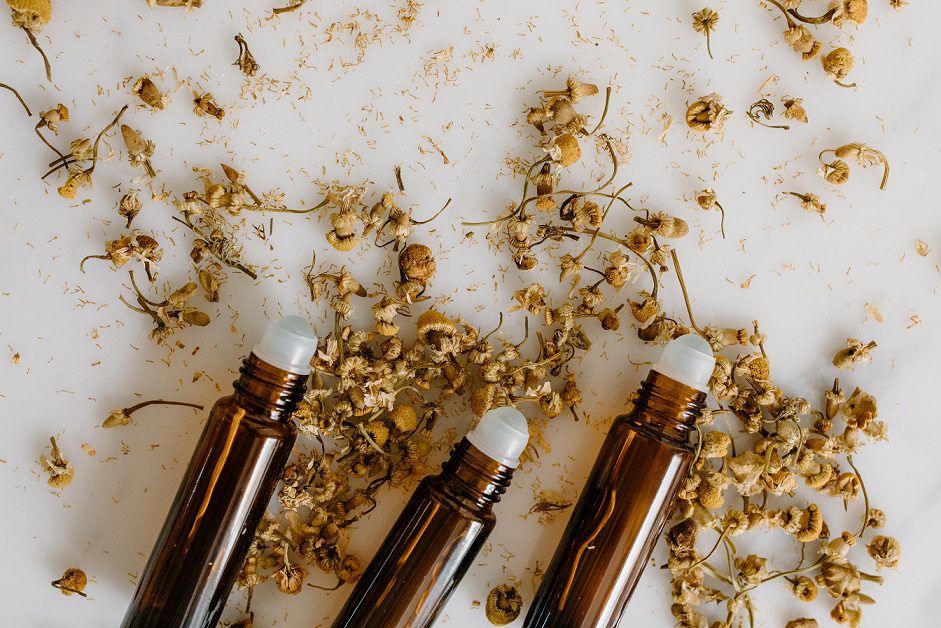
ESTP - The Dynamo
ESTPs are energetic, outgoing, and spontaneous individuals who value adventure and excitement. They tend to be hands-on and enjoy living in the moment. Essential oils that can support ESTPs include lemongrass, peppermint, and rosemary. Lemongrass can promote a sense of energy and vitality, while peppermint can improve cognitive function and alertness. Rosemary can support memory and cognitive function.
ESFP - The Performer
ESFPs are outgoing, energetic, and social individuals who value fun and spontaneity. They tend to be hands-on and enjoy experiencing new things. Essential oils that can support ESFPs include neroli, vanilla, and ylang-ylang. Neroli can promote emotional balance and reduce stress, while vanilla can promote relaxation and improve mood. Ylang-ylang can promote emotional balance and improve mood.
ENFP - The Campaigner
ENFPs are enthusiastic, creative, and empathetic individuals who value authenticity and empathy. They tend to be spontaneous and enjoy exploring new ideas and experiences. Essential oils that can support ENFPs include bergamot, pink grapefruit, and sandalwood. Pink grapefruit oil can help reduce stress and promote mental clarity, making it a great choice for ENFPs who may struggle with focus and concentration at times.
ENTP - The Debater
ENTPs are analytical, curious, and independent individuals who value knowledge and creativity. They tend to be introspective and enjoy exploring new ideas and possibilities. Essential oils that can support ENTPs include eucalyptus, peppermint, and rosemary. Eucalyptus can support respiratory function and promote a sense of clarity, while peppermint can improve cognitive function and alertness. Rosemary can support memory and cognitive function.
ESTJ - The Executive
ESTJs are practical, responsible, and logical individuals who value efficiency and productivity. They thrive in a structured and predictable environment and prefer clear guidelines. Essential oils that can support ESTJs include peppermint, eucalyptus, and lemongrass. Peppermint can improve cognitive function and alertness, while eucalyptus can support respiratory function and promote a sense of clarity. Lemongrass can promote focus and clarity.
ESFJ - The Consul
ESFJs are warm, nurturing, and social individuals who value tradition and loyalty. They tend to be detail-oriented and organized and enjoy creating a comfortable and harmonious environment. Essential oils that can support ESFJs include lavender, chamomile, and neroli. Lavender can promote relaxation and reduce stress, while chamomile can promote a sense of calm and reduce irritability. Neroli can promote a sense of calm and reduce anxiety.
ENFJ - The Protagonist
ENFJs are charismatic, empathetic, and passionate individuals who value authenticity and meaning. They tend to be insightful and intuitive and are passionate about helping others. Essential oils that can support ENFJs include frankincense, lavender, and rose. Frankincense can promote a sense of calm and spirituality, while lavender can promote relaxation and reduce stress. Rose can promote emotional balance and improve mood.
ENTJ - The Commander
ENTJs are analytical, strategic, and independent individuals who value efficiency and productivity. They tend to be goal-oriented and enjoy solving complex problems. Essential oils that can support ENTJs include lemongrass, peppermint, and sandalwood. Lemongrass can promote clarity and focus, while peppermint can improve cognitive function and alertness. Cedarwood can promote a sense of grounding and stability.
In conclusion, essential oils can be a valuable tool for supporting the various personality types. They can promote emotional balance, reduce stress and anxiety, improve cognitive function, and promote a sense of calm and spirituality. However, it is important to note that while essential oils can be beneficial, they should not be used as a substitute for medical treatment or therapy. It is always important to consult with a healthcare professional before using essential oils, especially if you have any underlying medical conditions or are pregnant or breastfeeding.
